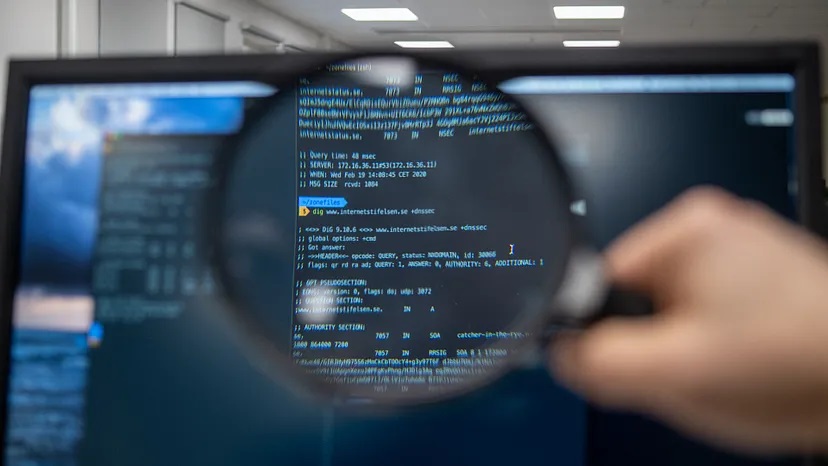How quickly can someone with a basic level of computer and media literacy spot disinformation online? Let’s try it out. The challenge was clear: to identify an online publication based on false information using the techniques I learned during a training on disinformation. The first thing I did was to go into X’s search engine (previously, Twitter) and typed ‘Palestine’. I thought that by looking for a polarizing current affairs topic it would be easier to find misleading information. Specifically, I was looking for tweets with images to verify. Thousands of tweets appeared in the results.
I used the so-called reverse image search technique in a couple of images and everything seemed real and accurate. However, in my third trial, I found what I was looking for.
I came across a viral tweet published by a famous US political commentator who had been very critical of the American economic and military support for Israel. The tweet showed an image of what the user claimed to be a Palestinian girl handcuffed and blindfolded, who had been arrested by Israeli soldiers. The tweet provided no context for the photo, but it was framed as if it corresponded to the recent Israeli military operation in Gaza. However, by searching the image in Google, I found dozens of web sources that were using the same image, but dating as far back as 2017. The image was, therefore, an old image corresponding to a different context: it referred to a Palestinian girl detained in East Jerusalem in February 2017. The tweet was misleading and it had a political intention behind. The post had more than one million views, thirty thousand likes, nearly two thousand comments and more than twelve thousand retweets.
🚨🇮🇱 Israeli forces tie and blindfold a Palestinian girl. pic.twitter.com/NQQEo7XCHm
— Jackson Hinkle 🇺🇸 (@jacksonhinklle) December 28, 2023
Spotting disinformation was surprisingly easy. In less than five minutes I was able to identify and fact-check a viral tweet with an image that didn’t correspond to the information that a ‘verified’ account with millions of followers was spreading. And I am no prodigy in computer science, quite the opposite. I had just received one training with basic knowledge about open source intelligence techniques. This exercise sparked in me several reflections on how we approach the fight against fake news.
When we talk about disinformation, it might seem like something that only experts and intelligence services can tackle. Governments, civil society organizations and media outlets are dedicating specialized teams to fact checking and debunking in order to combat the spread of disinformation. However, identifying AI generated pictures, finding out the real origin of certain posts or the exact location where a picture was taken might be easier than you think. We have a very powerful tool available to all, but unknown for many: it is called open source intelligence.
Open source intelligence, or OSINT for short, is a collection and analysis of data that is publicly available and legally accessible to everyone online. In other words, using free digital tools such as search engines, satellite mapping or social media analytics to verify information. There are many ways in which we can use these tools to fact-check information, the only thing we need is basic training on how these tools work. One of the easiest and most used tools of open source intelligence is the one I used – a reverse image search, through which you can learn more about a particular image online. With this technique you can often locate the real source of an image or its original content creator when you are unsure of its veracity. Such a search literally takes seconds, but the results can be very effective as seen in my example above.
As this exercise showcases, it is crucial that the fight against online disinformation is supported by education and training. In this regard, training in media literacy needs to go beyond understanding which media sources are reliable and which ones are not. There needs to be more competences and trainings on open source intelligence. Simple techniques such as reverse image search or metadata analysis can be useful in empowering citizens to verify the information that they receive online. Instead of relying on other sources, citizens can access these tools themselves. Moreover, it is necessary that the training and education on disinformation reaches older generations, going beyond high schools and universities. This training should be offered to those who have recently started to use social media on a daily basis, like my parents, for example. The older generations might be particularly vulnerable to online fake news due to inexperience, but less prone to receive any kind of education.
Furthermore, this exercise reveals the utility of open source intelligence as a powerful democratizer of intelligence tools, once available only to governments and powerful organizations. Digitalization brought online disinformation to our societies, but it also provided powerful tools such as Google Search and Google Earth which have democratized users’ access to information.

